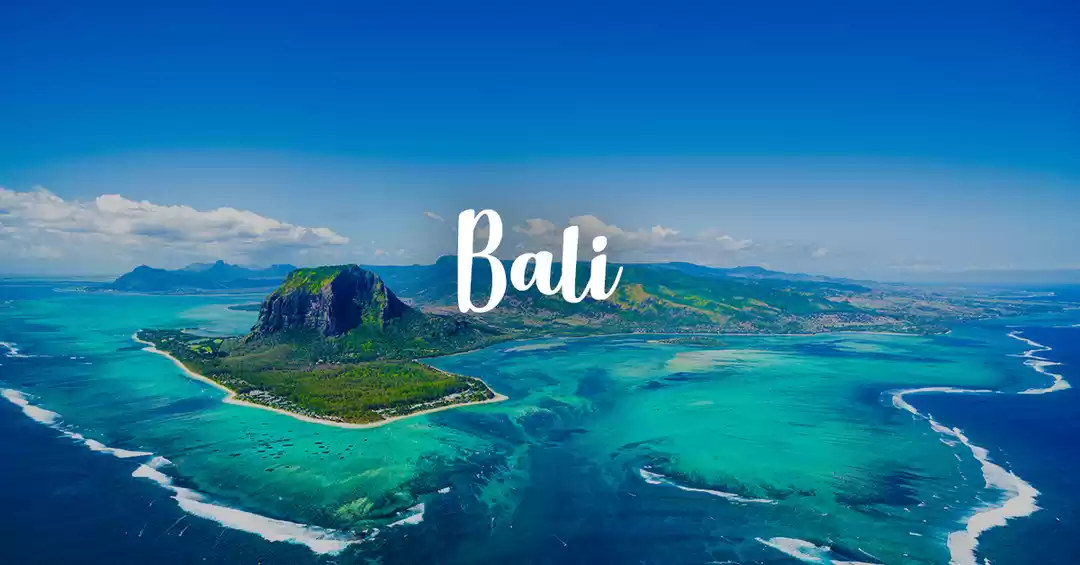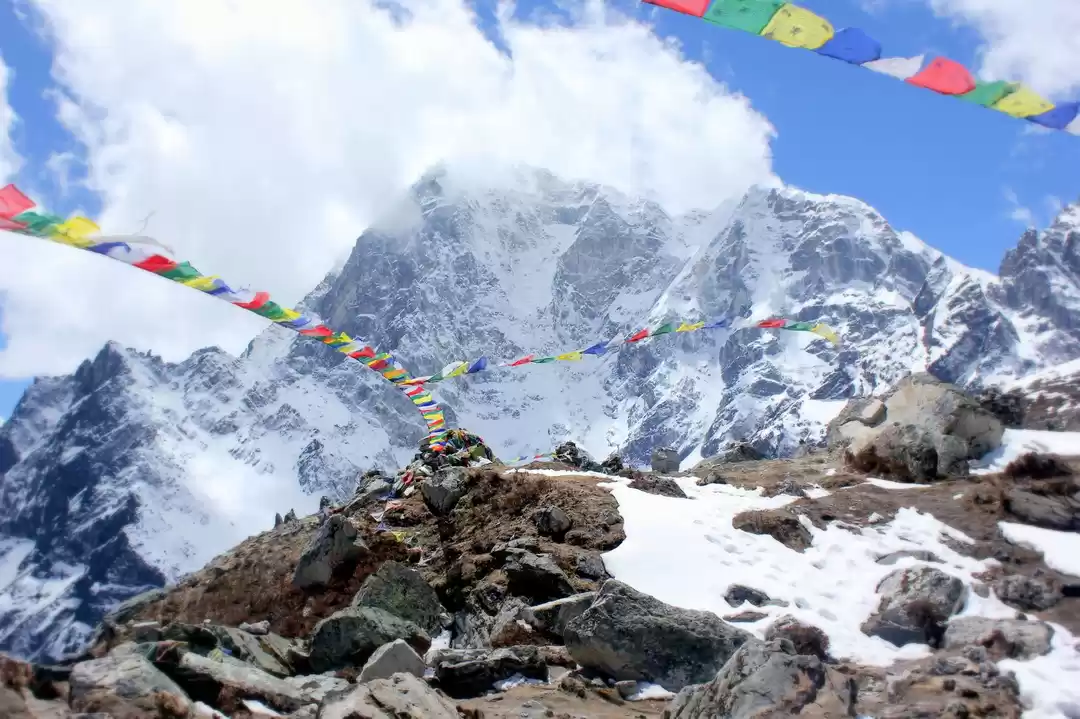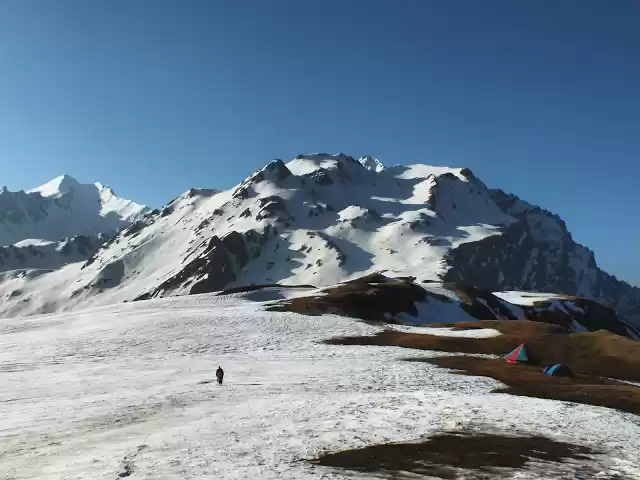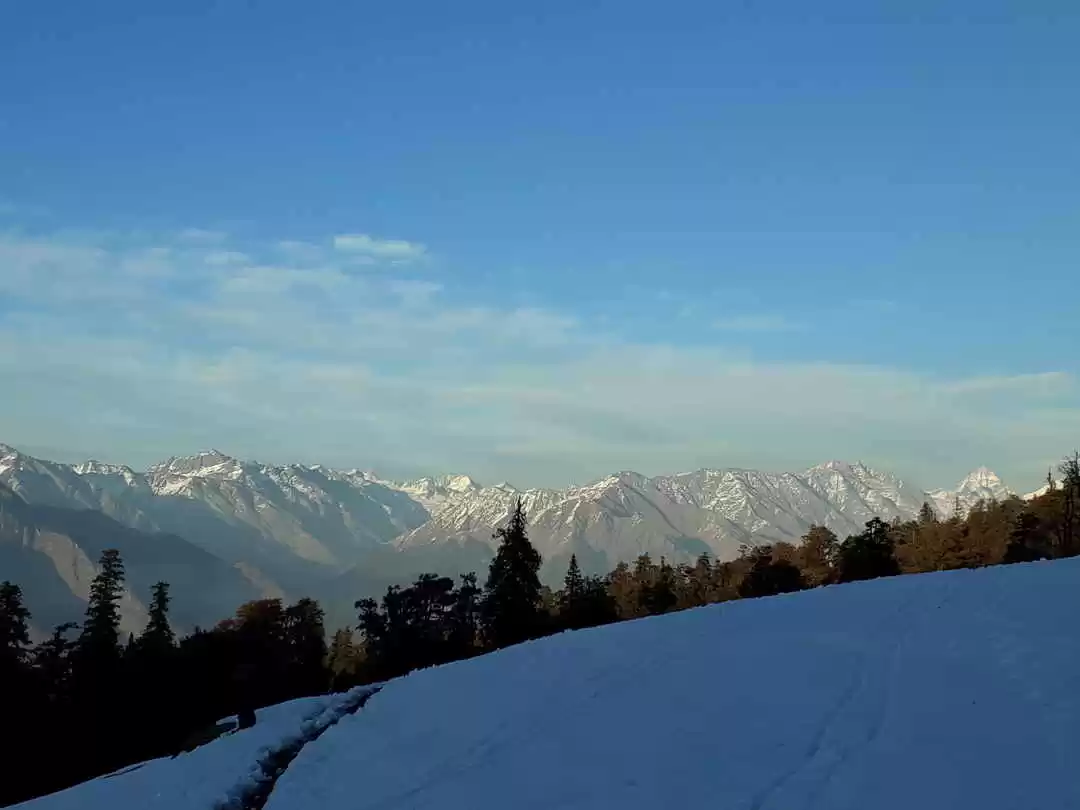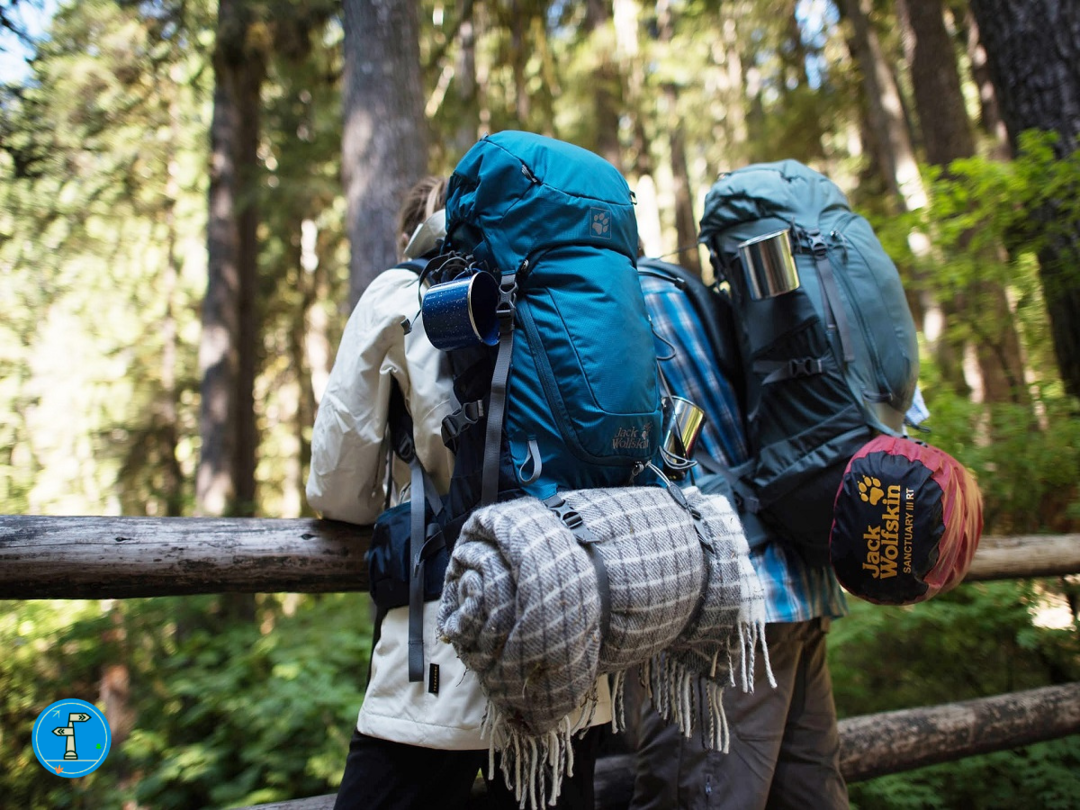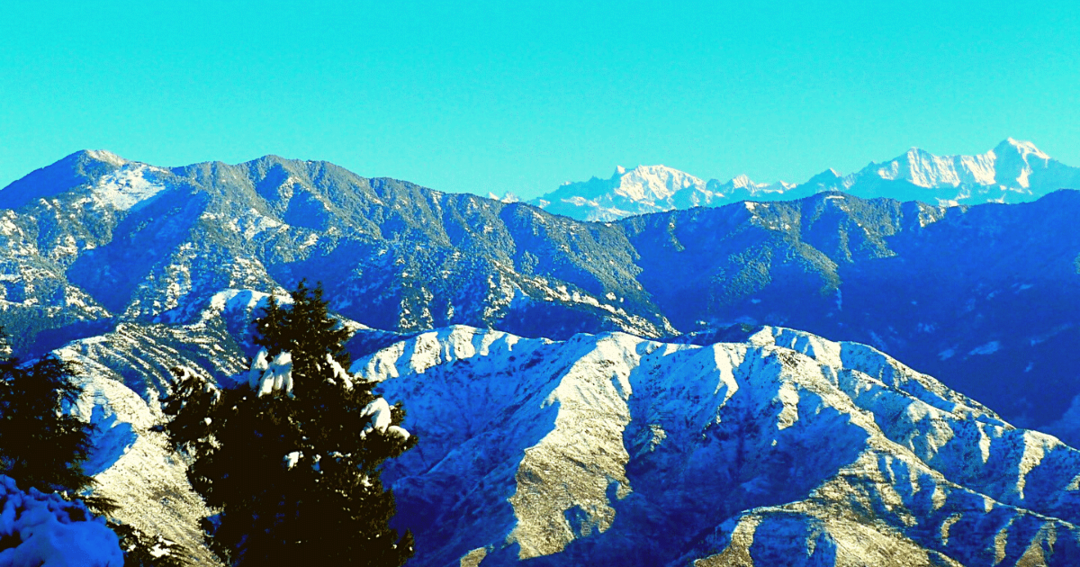
It is confusing to decide what to pack for a first time trek to the Himalayas. It is easy to miss on important things and run out of resources or pack too much for those 'if' situations, and overload yourself on the trek. This is a checklist I prepared for my first trek, which I later modified based on my experience.
1. Back Pack / Ruck Sack
A 50-60l backpack is ideal for a 8-10 days trek. Pick a design that suits your packing necessities. Ensure the bag has enough racks and pockets to sectionalize things. A bag that has additional belts to buckle up across the waist would be very helpful during the trek, as it reduces the burden on the shoulders and distributes the weight evenly across the upper body. Try your bag before buying, by adding some weight to it, and ensure it fits well on you.
2. Trekking Shoes
Trekking shoes can be rented in most of the base camps, but, it is highly recommended to invest on good shoes and get used to them for at-least 3-4 weeks before the trek, to avoid shoe bites during the trek.
Ideally, it is good to pick shoes based on the trek you are going for. But, if you are not a regular trekker, and you want to get shoes that can be used for all treks and hikes in general, then a shoe with a tough sole generally works for most of the treks. It does rain during a Himalayan trek, so make sure the shoes you pick are water proof.
Do not hurry yourself on shoes ! Go to the store, try different shoes and pick the ones that suits the best. I recommend to invest on the shoes first, as soon as you decide on the trek, as you get enough time to pick the right ones and also to get used to them.
https://www.decathlon.in/p/8319097/trekking-shoes/trek100-men-s-mountain-trekking-boots https://www.decathlon.in/p/8384356/trekking-shoes/trek-100-women-s-mountain-trekking-boots
3. Fleece Jacket (1-2)
Need not be an expensive one, but go for the one that is light in weight. Based on the number of shirts you are packing, fleece jackets can be traded. If you are carrying 2-3 sweatshirts, then one fleece jacket should be enough.
4. Padded Jacket
A water proof padded jacket is a must. Temperature changes quite often during the trek. In 5 mins the scene can get chillier, and again in the next few minutes, it can get sunny. I used to wear my fleece jacket on, and wrap my padded jacket around my waist, so that I can put on or off my padded jacket as the weather turns cold or sweaty. A hooded padded jacket can help cover the head and ears during extreme cold. Pick the one that is fluffy, comfortable and warm. Do not compromise on padded jacket.
5. Shirts (3)
It does get sunny at times during the trek, and you might start sweating. It is better to carry at least one light summer shirt, and 1-2 sweat shirts. As you trek closer to the summit, the climate gets colder. You might have to wear more than one shirt, and layer with a fleece and a padded jacket to protect yourself. Carry enough to protect yourself in all conditions.
6. Trekking Pants
Carry 2-3 trek pants. Many times, trekkers leave the trek midway, if they run out of clothes. It rains during the trek, and we cannot rely on sunlight . Make sure you have enough pants, and do not miss on any opportunity to dry your clothes. The more you can save, the better, as you can layer your clothes, when the climate gets colder.
I suggest to use as less clothes as possibles in the starting few days of the trek, and save as many as you can for the last two days closer to summit climb. Weather gets really cold as you get close to the summit, and you can stay warm by layering your clothes.
7. Gloves
A pair of water proof gloves can keep your hands warm during the trek. You can also carry a pair of woolen gloves, for the nights. Ensure your woolen gloves do not get wet, as it becomes really messy to store or handle them when they are wet.
8. Thermals
Thermals restore bodies heat and help keep warm even in extreme cold weather. They can be used during the nights, or can also be as the first layer of clothing during the trek .
9. Poncho
Oh yes, it surely does rain on a Himalayan trek. You can get an inexpensive use and throw poncho, that can last for a complete trek. Mine got really messy in the rain and mud during the trek, and I had to throw it off later.
https://www.decathlon.in/p/8300253/fishing-accessories/fishing-poncho-100
10. Socks (3 pairs)
Carry 2 pairs of synthetic socks that do not get wet easily, and a pair of woolen socks for nights.
11. Head Light
Generally, summit climbs start in the small hours, when there is no light. A head light is compulsory to do any summit climb. It is best to carry a head light, rather than a torch. Your hands have a greater duty to support while trekking. So, keep them as free as possible.
12. Medical Kit
Carry only basic medicals, and use only when absolutely necessary. It is quite common to get slight fever, as you are exposed to harsh climatic conditions, and also as you get strained after trekking for 13 kms everyday. You might not really use all of those medicals, so if you are going in groups, you can share the same medical kit with your friends.
Fever tables - Paracetamol or Dolo strip Altitude sickness - Diamox (check with your trek lead and use Diamox as recommended) Band aid and cotton (just in case of any injury) Any other prescription you are already on
13. Sun Glasses
Climate is extreme in Himalayan regions, get your sunglasses to protect from UV rays.
14. Toiletries
Toilet Paper (1 big roll, or 2 small rolls) - Water is not provided on trek to clean yourself, but, at every base camp you can find flowing water resources if you go on a search. However, carry good amount of toilet paper to keep clean, in any case. Tooth Brush and Paste Face wash Comb Sanitizer 5-6 Zip locks Inner wear - at-least 4-5 pairs.
15. Extra 10 liter bag (for summit climb)
You return to the same base camp after the summit climb. So you do not want to carry your entire bag to the summit and return. It is easier to carry a small 10 liter foldable bag to store some bare essentials like poncho, water bottles, camera and some snacks. Also this bag will come to help, if you decide to take a porter, at any point on the trek.
16. 1Litre water bottles (2)
It is important to stay hydrated during the trek. Take 2 water bottles of 1 litre each. You can fill them at the camp sites when you start for the day, and refill them with flowing water, if you wish. The water is generally pure and hygienic. If you are not ok with drinking flowing water, you can use bottles that filter water.
17. Slippers
You can slippers to roam around at the campsite. Slippers can be shared with others in the group.
18. Trek Pole
Trek poles can be rented at the base camps, or you can also pick a stick on the way for support.
19. Power Bank - 2 fully charged
There is no power to charge phones and cameras. 2 fully charged power banks can help charge phones and cameras to take photos. It really depends on how much you want to use your electronics. If you are carrying a camera, you can get extra charged batteries.
20. A Winter cap/ Scarf/ Neck
Carry a woolen cap/ Scarf/ Neck warmer to protect your head, ears and nose from chilling wind.
21. Chocolates/ Energy Bars
Yes, of course, you can add a few energy bars to help gain stamina while trekking. Energy bars help boost energy quickly.
Most of the gear can also be rented/ brought at the base camp. Think twice before adding anything more to your bag, as increasing the weight of your bag might slow you down, especially if it is your first such trek.











